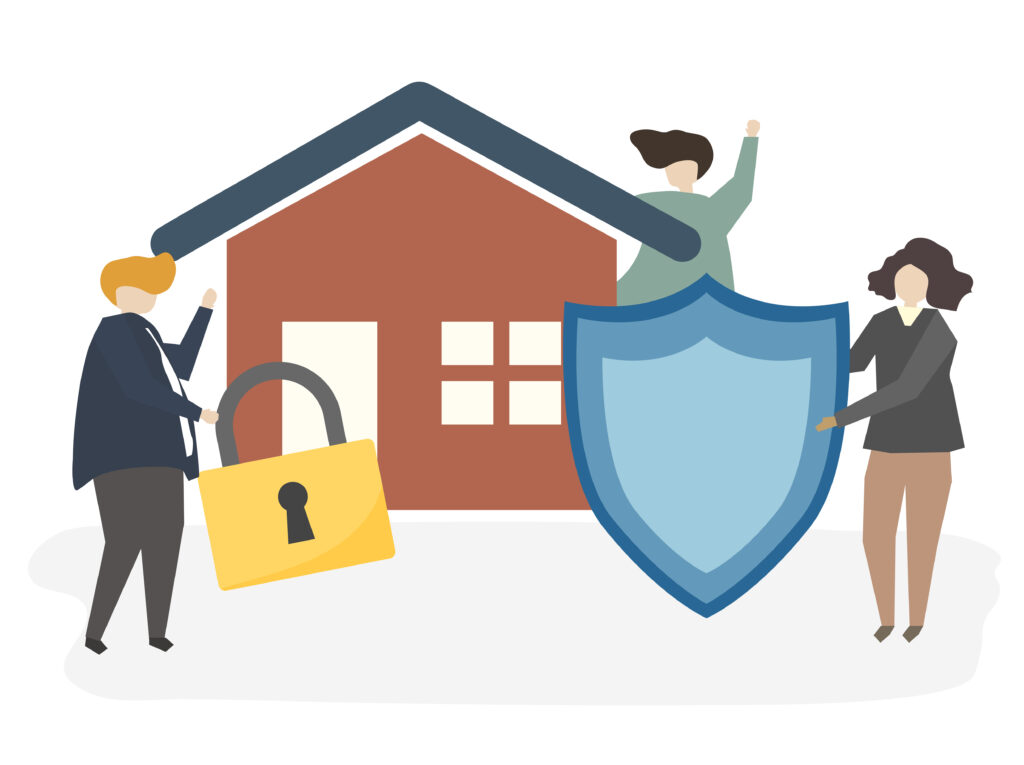In an increasingly unpredictable world, ensuring the safety of our homes and workplaces has become a top priority. Whether you’re concerned about potential break-ins, accidents, or natural disasters, having the right safety tools in place can make a significant difference. In this guide, we’ll explore seven essential safety tools to help you fortify both your home and workplace, creating environments that prioritize security and peace of mind.
1. Smart Security Systems: The Guardian of Your Property

Smart security systems have revolutionized the way we protect our homes and workplaces. These systems often include a combination of surveillance cameras, motion detectors, door/window sensors, and a central control hub that can be accessed remotely. The keyword here is “smart” – these systems are connected to the internet, allowing users to monitor and control them through a smartphone app. Brands like Ring, Nest, and Arlo offer comprehensive smart security solutions, ensuring you’re always in the know about what’s happening in and around your space.
2. Biometric Access Control: Elevating Security to the Next Level

Traditional locks and keys are being replaced by biometric access control systems, adding an extra layer of security. Biometric systems use unique physical or behavioral attributes, such as fingerprints or retinal scans, to grant access. This ensures that only authorized individuals can enter a space, minimizing the risk of unauthorized entries. Biometric access control is becoming increasingly popular not only in high-security environments but also in residential settings. With brands like BioConnect and Suprema leading the way, this technology is more accessible than ever.
3. Emergency Response Kits: Preparedness in the Face of Crisis

Natural disasters and accidents can strike at any time, and being prepared is key. Emergency response kits are a fundamental component of any safety plan. These kits typically include essentials like first aid supplies, non-perishable food, water, flashlights, and blankets. Ensure your kits are easily accessible and regularly updated. The emphasis here is on being proactive – having a well-stocked emergency response kit can make a significant difference in the critical moments following a crisis.
4. Fire Extinguishers: The First Line of Defense Against Fire

Fires can escalate quickly, and having a fire extinguisher on hand can be the difference between a minor incident and a catastrophic event. Place fire extinguishers strategically in both residential and workplace settings, ensuring they are easily accessible and regularly inspected. Familiarize yourself and others with their proper use, and consider investing in multipurpose extinguishers that can tackle various types of fires.
5. Carbon Monoxide Detectors: Silent Protector Against a Deadly Threat

Carbon monoxide is a colorless, odorless gas that can be lethal in high concentrations. Carbon monoxide detectors are crucial safety tools that can alert you to the presence of this gas, allowing you to evacuate and seek help before it’s too late. Install these detectors in key areas of your home or workplace, particularly near bedrooms and common areas. Regularly test and replace the batteries to ensure they are always operational.
6. Safety Signage: Clear Communication for a Safer Environment

Communication is key when it comes to safety, and safety signage plays a crucial role in conveying important information. Whether it’s indicating emergency exits, highlighting potential hazards, or providing instructions for safe practices, well-placed safety signage enhances awareness and preparedness. Invest in clear, visible signage, and ensure that it complies with relevant safety regulations. This is especially important in workplaces, where adherence to safety protocols is essential.
7. Secure Data Storage: Protecting Digital Assets

In the modern world, security extends beyond physical threats to include digital ones. Secure data storage is essential for safeguarding sensitive information at home and in the workplace. Utilize encrypted external hard drives or cloud storage services with robust security measures. Regularly update passwords and access controls, and educate yourself and your team about cybersecurity best practices. The keyword here is “secure” – prioritize solutions that go beyond basic data storage to provide comprehensive protection against cyber threats.
Conclusion: Creating a Safe Haven
In conclusion, ensuring the security of our homes and workplaces involves a combination of physical and digital measures. By incorporating smart security systems, biometric access control, emergency response kits, fire extinguishers, carbon monoxide detectors, safety signage, and secure data storage, you can create a comprehensive safety plan that covers various aspects of security. Remember that safety is an ongoing process – regularly assess and update your safety tools to stay ahead of potential threats. With the right tools in place, you can transform your home and workplace into secure havens where peace of mind prevails.


